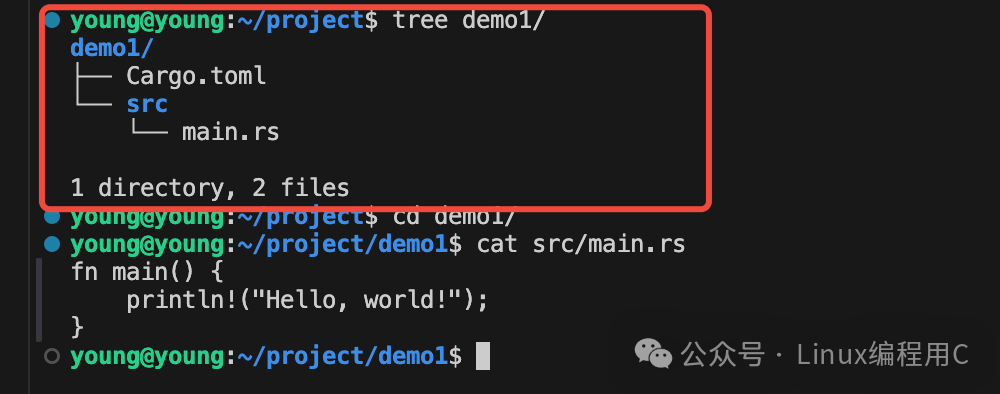In today’s programming language landscape, Rust is attracting the attention of an increasing number of developers with its unique charm. Born in the Mozilla labs, it aims to address long-standing challenges in system programming and has become a powerful tool for building reliable and efficient software.
1 Memory Safety
Rust fundamentally eliminates common memory safety issues such as null pointer dereferencing, dangling pointers, and memory leaks through its three core concepts: ownership, borrowing, and lifetimes. For example, the ownership rules ensure that each value has a unique owner, and when the owner goes out of scope, the value it owns is automatically cleaned up. The borrowing mechanism allows temporary use of data under specific conditions without transferring ownership. Lifetime annotations help the compiler verify the validity of references, ensuring that references do not outlive the data they point to.
2 High Performance
Rust’s performance is comparable to that of C and C++, and in some scenarios, it even surpasses them. It can generate highly optimized machine code, thanks to its fine control over the underlying hardware and efficient compiler optimizations. For instance, Rust’s concept of zero-cost abstractions allows developers to use high-level abstractions such as generics and traits without sacrificing performance.
3 Powerful Concurrency Support
In multithreaded programming, Rust provides safe and efficient concurrency primitives. Its thread model is based on native operating system threads, and the std::thread module makes it easy to create and manage threads. Additionally, Rust’s sync module offers synchronization primitives such as Mutex (mutual exclusion), RwLock (read-write lock), and Arc (atomic reference counting) to help developers avoid data races and other concurrency-related errors. For example, using a Mutex can protect shared data, ensuring that only one thread can access and modify it at a time.
4 Rich Ecosystem
Rust has a vibrant and growing community, which has spawned a wealth of open-source libraries and tools. Cargo, as Rust’s package manager, greatly simplifies library management and project building. On crates.io, you can find a wide variety of libraries covering various fields, from network programming and database operations to graphical interface development.
5 Installing the Rust Environment
-
Install rustup. Rustup is the official recommended tool for installing and managing Rust. On Linux systems, you can install it by running the following command:
<span>curl --proto '=https' --tlsv1.2 -sSf https://sh.rustup.rs | sh</span>Press enter to accept the default options for installation. After installation, you need to reopen the terminal or run source $HOME/.cargo/env to activate the environment variables. Once installed, you can verify if Rust was installed successfully with the following command:<span> cargo --version</span>
-
Test demo. Use cargo new xxx (replace with your project name) to create a Rust project. For example:
 Directory structure: By default, there will be a Cargo.toml file and a main.rs file. The Cargo.toml file is used to manage package dependencies, and the main.rs file contains the program code, which by default includes a classic hello world print.
Directory structure: By default, there will be a Cargo.toml file and a main.rs file. The Cargo.toml file is used to manage package dependencies, and the main.rs file contains the program code, which by default includes a classic hello world print.  To compile and run the program: Use cargo build to compile, and cargo run to execute (this command will compile first if the program has not been compiled yet).
To compile and run the program: Use cargo build to compile, and cargo run to execute (this command will compile first if the program has not been compiled yet).
 The red box contains the compilation output information, while the blue box contains the program execution output information.
The red box contains the compilation output information, while the blue box contains the program execution output information.
6 Future Update Plans
The Rust language is profound and has many features and application scenarios waiting for us to explore. This article only provides a brief introduction to the Rust language, and I plan to continue updating knowledge related to Rust programming. Although Rust is a new language, if you have programming experience in C/C++ or related languages, you can get started relatively quickly, as many concepts are similar.
The Linux kernel source code, which was previously implemented purely in C, has also begun to incorporate Rust for kernel development in version 6.1, indicating that the performance, safety, and concurrency of the Rust language are recognized by industry leaders and are becoming a trend.
I am Xiao C, and I welcome everyone to like, share, and follow. Let’s learn and communicate together~~~